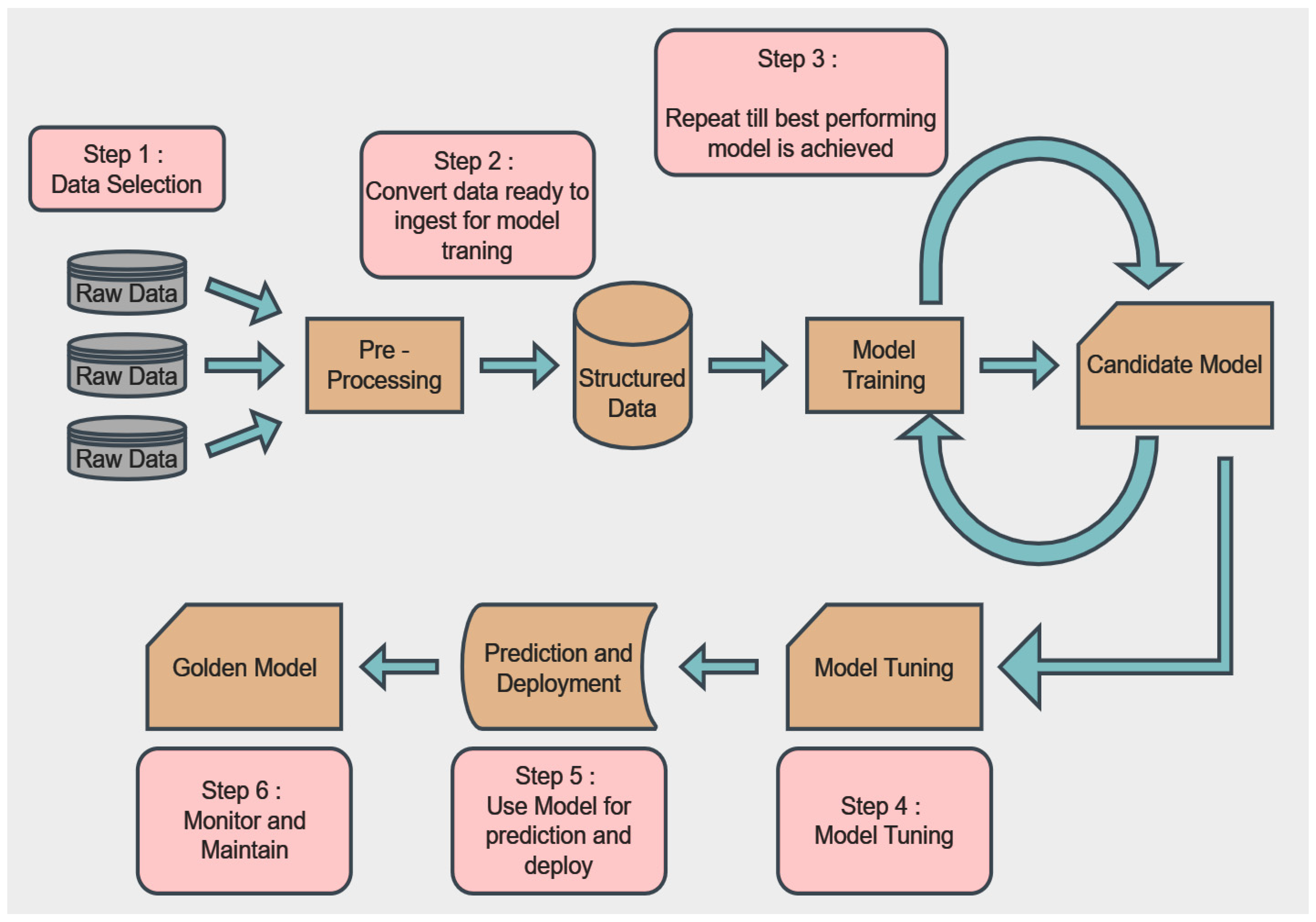Building a Simple Linear Regression Model to Predict Boston House Prices
AI researcher with expertise in deep learning and generative models.
AI researcher with expertise in deep learning and generative models.
Linear regression is a statistical method used to model the relationship between a dependent variable and one or more independent variables. It seeks to find a linear equation that best predicts the dependent variable, often visualized as a line of best fit. The simplest form, known as simple linear regression, involves one independent variable, while multiple linear regression involves multiple predictors.
Linear regression is fundamental in predictive analytics due to its simplicity and interpretability. It serves various fields, from economics to healthcare, by enabling decision-makers to understand relationships between variables and make informed predictions. For instance, in real estate, linear regression can help predict house prices based on various features like size, location, and number of rooms.
The Boston Housing Dataset is a classic collection of data used for regression analysis. Originally part of the UCI Machine Learning Repository, it contains 506 samples with 13 feature variables. These features include various attributes of homes in Boston, such as average number of rooms, crime rates, and the proximity to employment centers.
In the dataset, several key features significantly influence housing prices. Notable features include:
The target variable, MEDV, indicates the median value of owner-occupied homes in thousands of dollars. This variable is crucial for the study, as it represents the outcome we aim to predict using the features provided.
Before conducting any analysis, it is essential to check for and handle missing values. In the Boston Housing Dataset, missing values can distort the results. Techniques such as removing rows with missing values or imputing them with mean, median, or mode can be employed.
When working with categorical variables, encoding is necessary to convert them into a numerical format suitable for regression analysis. One-hot encoding creates binary columns for each category, while label encoding assigns a unique integer to each category. For this dataset, label encoding is often sufficient, given that most features are already numerical.
Feature scaling ensures that all features contribute equally to the distance calculations in regression models. Without scaling, variables with larger ranges can disproportionately influence the model.
Common techniques include Standardization (scaling features to have a mean of 0 and a standard deviation of 1) and Min-Max Scaling (scaling features to a range of [0, 1]). For our analysis, standardization is typically preferred.
Understanding the distribution of the target variable, MEDV, is crucial. Visualization techniques like histograms or density plots can reveal the underlying distribution and highlight potential outliers.

A correlation matrix can help identify relationships between features and the target variable. The correlation coefficient ranges from -1 to 1, indicating the strength and direction of relationships. Features with high correlation to MEDV should be prioritized in the model.
Scatter plots can visually represent the relationship between the target variable and significant features. For instance, a scatter plot of RM vs. MEDV often shows a positive correlation, indicating that as the number of rooms increases, the median value of homes typically rises.
To build our linear regression model, we will use Python with libraries such as Pandas for data manipulation, NumPy for numerical operations, Matplotlib and Seaborn for visualization, and Scikit-learn for implementing the regression model.
import pandas as pd
import numpy as np
import matplotlib.pyplot as plt
import seaborn as sns
from sklearn.linear_model import LinearRegression
from sklearn.model_selection import train_test_split
from sklearn.preprocessing import StandardScalerTo evaluate the model's performance, we will split the dataset into training and testing sets. A common practice is to use 80% of the data for training and 20% for testing. This allows us to assess how well the model generalizes to unseen data.
X = dataset[['RM', 'LSTAT']] # Features
y = dataset['MEDV'] # Target variable
X_train, X_test, y_train, y_test = train_test_split(X, y, test_size=0.2, random_state=42)Once the data is split, we can create an instance of the LinearRegression class and fit it to our training data.
model = LinearRegression()
model.fit(X_train, y_train)To evaluate the model's performance, we will use metrics such as Root Mean Squared Error (RMSE) and R² score. These metrics provide insights into the model's accuracy and its ability to explain the variance in the target variable.
from sklearn.metrics import mean_squared_error, r2_score
y_pred = model.predict(X_test)
rmse = np.sqrt(mean_squared_error(y_test, y_pred))
r2 = r2_score(y_test, y_pred)
print(f"RMSE: {rmse}")
print(f"R² Score: {r2}")The RMSE provides the average error in the same units as the target variable, while the R² score indicates how well the independent variables explain the variability of the dependent variable. A higher R² score (close to 1) signifies a better fit.
import pandas as pd
import numpy as np
import matplotlib.pyplot as plt
from sklearn.linear_model import LinearRegression
from sklearn.model_selection import train_test_split
from sklearn.preprocessing import StandardScalerfrom sklearn.datasets import load_boston
boston_dataset = load_boston()
data = pd.DataFrame(boston_dataset.data, columns=boston_dataset.feature_names)
data['MEDV'] = boston_dataset.targetHandle any missing values, encoding, and scaling as discussed in previous sections.
X = data[['RM', 'LSTAT']]
y = data['MEDV']
X_train, X_test, y_train, y_test = train_test_split(X, y, test_size=0.2, random_state=42)
model = LinearRegression()
model.fit(X_train, y_train)y_pred = model.predict(X_test)Using RMSE and R² score to evaluate the model.
Consider experimenting with other regression techniques, such as polynomial regression or ensemble methods, to enhance prediction accuracy.
Exploring different datasets can provide valuable insights and enhance your predictive modeling skills. Don’t hesitate to experiment with datasets from various domains!
Key Takeaways
— in AI Tools and Platforms
— in GenAI
— in Deep Learning
— in AI in Business
— in Deep Learning